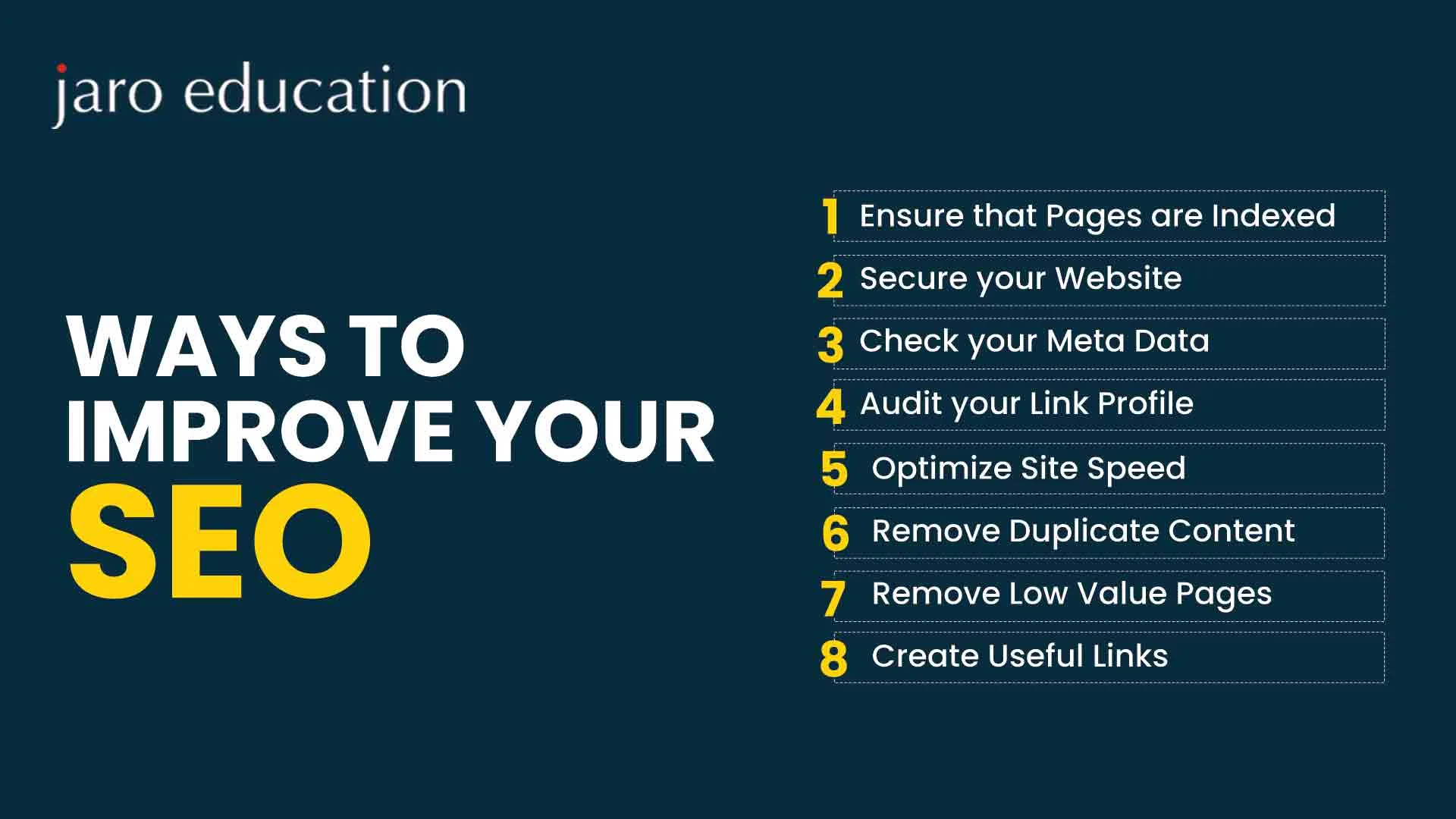
Creating an SEO strategy Creating an SEO strategy is crucial for improving your website’s visibility, driving organic traffic, and achieving long-term online success. Here’s a comprehensive guide to crafting an effective SEO strategy tailored to your business goals.
1. Understand Your Goals
Before diving into SEO tactics, define clear objectives. Ask yourself:
- What is the primary purpose of your website? (e.g., sales, leads, awareness)
- Who is your target audience?
Your goals will shape your entire strategy and help measure success.

2. Conduct Comprehensive Keyword Research
Keywords are the foundation of any SEO strategy. Use tools like Google Keyword Planner, Ahrefs, or SEMrush to:
- Identify keywords your audience is searching for.
- Focus on high-volume, low-competition terms.
- Include long-tail keywords for targeted traffic.
3. Analyze Your Competitors
Evaluate competitors ranking for your target keywords. Analyze:
- Their content structure.
- The keywords they rank for.
- Backlink profiles.
This analysis can reveal opportunities for outperforming them.
4. Optimize On-Page Elements
On-page SEO ensures your website content is accessible and relevant to search engines. Focus on:
- Title tags: Use your primary keyword.
- Meta descriptions: Write compelling summaries.
- Headings: Use H1 for the main title and H2/H3 for subheadings.
- URL structure: Keep it clean and keyword-focused.
5. Create High-Quality Content
Content is king in SEO. Ensure your content is:
- Relevant and engaging.
- Aligned with user search intent.
- Updated regularly to stay current.
Types of content to consider include blogs, infographics, videos, and eBooks.
6. Build a Strong Backlink Profile
Backlinks from authoritative websites are a powerful ranking factor. To acquire backlinks:
- Reach out to industry websites for guest posting opportunities.
- Share your content on social media.
- Build relationships with influencers in your niche.
7. Improve Website Speed and Mobile-Friendliness
User experience is critical for SEO. Make sure your website is:
- Fast-loading (aim for under 2 seconds).
- Optimized for mobile devices.
Google’s PageSpeed Insights and Mobile-Friendly Test tools can help identify areas for improvement.
8. Monitor and Adjust Your Strategy
SEO is not a one-time task. Use tools like Google Analytics and Search Console to:
- Track keyword rankings.
- Analyze website traffic and behavior.
- Adjust your strategy based on performance data.
By following these steps, you’ll develop a strong, adaptable SEO strategy that drives results over time. Remember, patience is key—SEO success doesn’t happen overnight!















